Some marketing campaigns just work. Others not so much.
Marketing companies have a tough job. They must grab their intended audience's attention and convince them to buy their product or participate in a specific promotion. Many have been highly successful in the creation of effective campaigns for various businesses. But nobody's perfect, and it just goes to show that some campaigns can make or break a company's reputation. Every now and then, companies hit the jackpot. Other times, though, they fall flat on their faces.
Which is where we come in! The following eight horribly epic examples show that not every advertisement, marketing campaign, or publicity stunt is destined for greatness. Sometimes they're destined for lists (just like this one) and endless mocking (mostly from us).
IHOP? Or IHOb?

Courtesy of IHOP (Facebook)
One of the more recent marketing flubs happened a few years ago. IHOP announced that it had changed its name to IHOb in order to better reflect the fact that they were now selling burgers, much to the shock of pancake lovers everywhere. However, the name change didn't last long. The company stated that it was merely a PR stunt.
"We knew if we were going to really get into the burger business in a meaningful way that we were going to have to do something bold and creative," said IHOP president Darren Rebelez in a statement. "We came up with the idea of flipping the 'p' to a 'b' to really grab everyone's attention."
In the commercial below, IHOP even admitted that it was merely a publicity stunt to draw in more business. Honestly, I feel betrayed and lied to. Not cool, IHOP. Not cool.
And, like me, many people were not happy about the stunt ...
Ironic marketing is my new least favourite thing. I saw an @IHOP commercial where at the end it went “that’s with a p, not a b. Ihob was just a publicity stunt cynically done in an attempt to get more business, hehe” and I’ve never wanted to punch a commercial in a the face more.
— Aiden (@Mild_Meatball_) July 23, 2018
IHOP: We have developed the most disastrous, yet successful marketing campaign of 2018!
— kerry b (@gwynzach) July 12, 2018
Build A Bear: Hold my bear...#Ihop #Ihob #BuildABear #PayYourAgeDay
Oh, speaking of Build-A-Bear ...
Build-A-Bear's 'Pay Your Age Day' Disaster
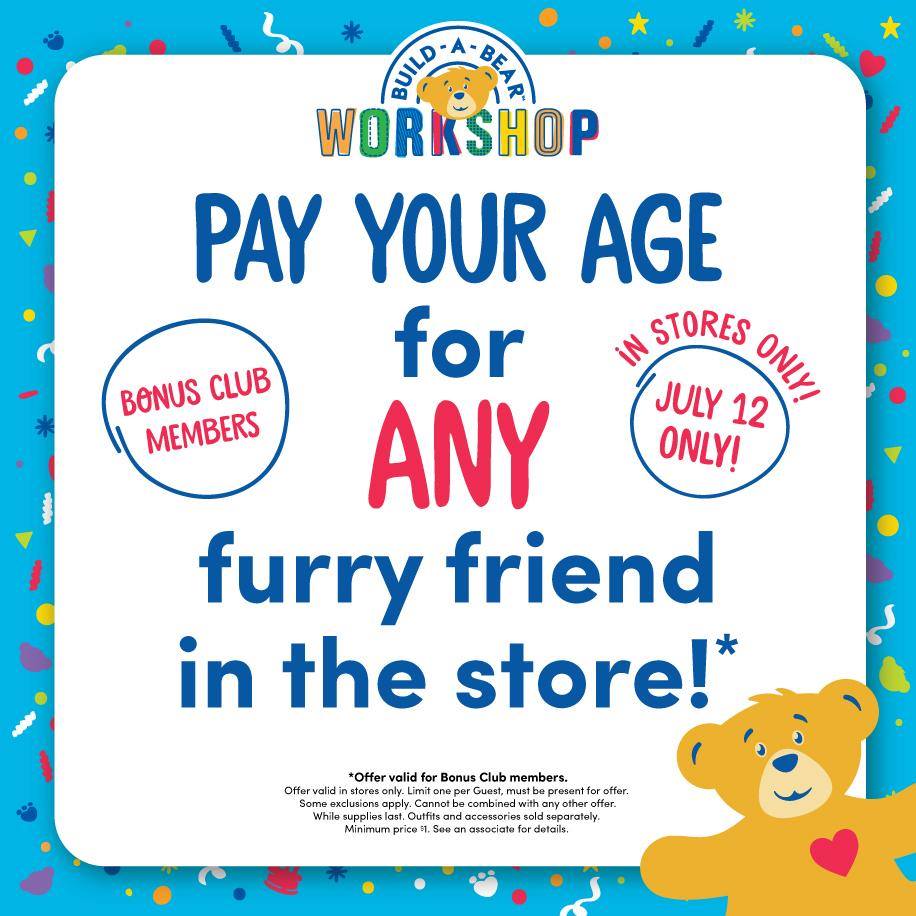
Courtesy of Build-A-Bear Workshop (Facebook)
The deal seemed rather simple: for one day, parents could treat their kiddos to a stuffed animal of their choice, for the price of their age. So if a kid was two years old, an animal would only cost $2. It almost seemed too good to be true, and parents across the country flocked to their nearest Build-A-Bear location in hopes of taking advantage of the promotion.
It was a good idea, in theory. The execution, however, backfired tremendously—especially when frustrated parents and impatient children alike were told that Build-A-Bear was closing all of its lines due to high-demand and safety concerns. So you can only imagine how things escalated from there. Basically, it was utter chaos.
In an attempt to help ease the disappointment of those who couldn't participate, stores across the country began offering $15 vouchers as a way of apologizing. But the offer was only available for a limited time (of course!), so if you missed out on that too, well, you were fresh out of luck.
If only colleges would participate in "Pay Your Age Day" ...
Pepsi and the Harrier Jet
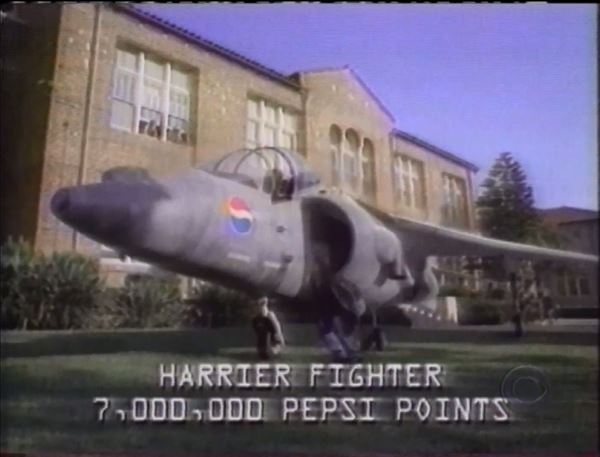
Courtesy of Pepsi (via CBS News)
The year was 1996, and Pepsi started airing its Pepsi Stuff promotional campaign—which was basically a ploy to get people to buy more soda in order to collect points and earn prizes like t-shirts, sunglasses, or—in the case of the commercial below—a Harrier Jet.
The jet was listed for seven million points, with the actor in the commercial stating, "sure beats the bus." And to any kid who saw the commercial, the jet—while insanely cool—was merely a pipe dream. But to John Leonard, a 21-year-old business student at the time, the Harrier Jet was the ultimate prize.
"People say, 'well, didn't you want a t-shirt?' and I say, well, when there's a Harrier out there for seven million Pepsi points why not aim your sights a little higher," said Leonard back in 1996, as reported by CBS News.
After convincing five investors to give him the $700,000 needed for the Pepsi points, he waited for his jet. But it never came, so Leonard sued Pepsi.
"Tens of millions of Americans, and people around the world, saw the spot, got the joke, and laughed," said John Harris of Pepsi-Cola. "Mr. Leonard saw the spot, hired business advisers and lawyers, and decided to take legal action." And in the end, Pepsi ended up winning the case. Soon thereafter, the commercial was updated by raising the number of points need for the jet from seven million to 700 million.
10 Cent Beer Night
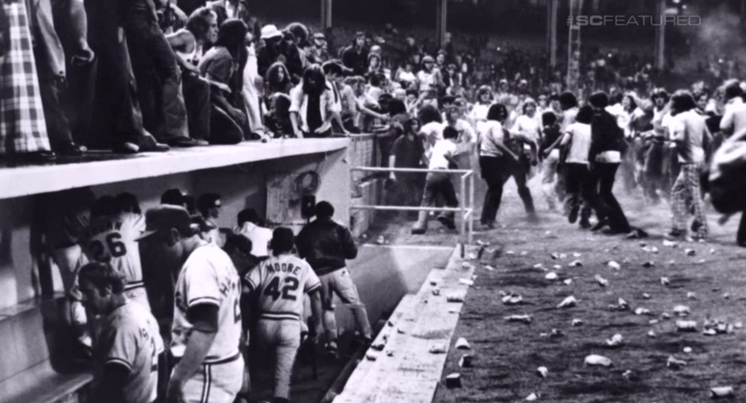
Courtesy of YouTube
Back in 1974, the Cleveland Indians held a beer promotion during a game against the Texas Rangers. The promotion? Fans could buy beer for only 10 cents each (regularly 65 cents back then), with a limit of six beers per purchase. However, there was not a limit on the number of purchases that could be made during the game. So you can see where the trouble occurred ...
Fans became heavily intoxicated and even rioted during the ninth inning, which ultimately caused Cleveland to forfeit the game since there was zero crowd control. This wasn't the first time they held a cheap drink promotion either, but due to some animosity toward the Rangers, some Indians fans were all too keen on making sure they knew they weren't welcome.
Just goes to show that rowdy fans and beer never go well together.
Oprah Winfrey and KFC's Great Chicken Fiasco of 2009
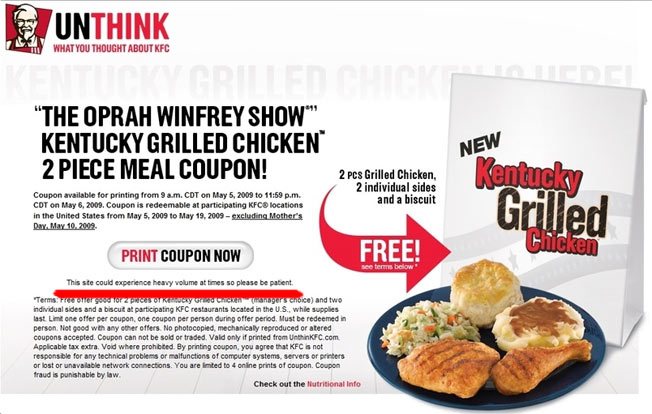
Courtesy of KFC
"You get free chicken!" "And you get free chicken!" "Everyone gets free chicken!"
Oprah Winfrey wanted to extend an offer of gratitude to the people of the internet when she gave away free KFC coupons on her website in 2009. Seems really generous, right? I mean, this is Oprah we're talking about here. Well, unfortunately for everyone involved, things turned sour (or should we say "got burnt"?) very quickly. KFC became overwhelmed with the influx of customers trying to use the coupon—which offered two free pieces of KFC's new Kentucky Grilled Chicken—that they had no other choice but to stop honoring them.
"A lot of restaurants experienced very, very heavy traffic with people trying to redeem the coupons," KFC spokeswoman Laurie Schalow told ABC News at the time. "All stores are very busy today, very long lines, that's what we're hearing."
Things only got worse for KFC, too. Riding on the coattails of their lack of success, El Pollo Loco decided to honor KFC's coupons and ended up getting a huge boost in business and publicity because of it. (Smart move.)
Crash at Crush
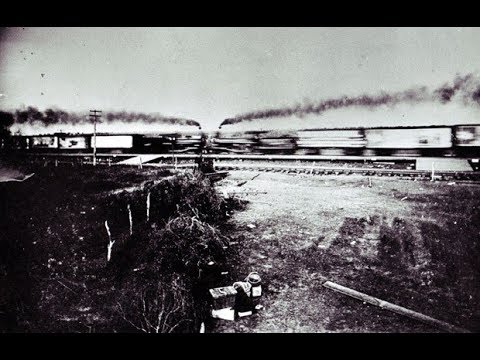
Courtesy of YouTube
This publicity mishap dates back all the way to 1896. Most known as the "Crash at Crush," a pre-planned head-on train crash was organized by the Missouri-Kansas-Texas Railroad, and no one is entirely sure as to why William George Crush, whom the collision is named after and who devised the stunt, wanted to crash two locomotives. Some say that it was a "result of the company's having a large surplus of 30-ton steam locomotives when it upgraded to 60-ton models and not knowing what to do with them," according to KTWX. But it's truly up in the air, especially now more than ever -- 120-plus years later.
The crash, obviously, was not intended to be as big, explosive, or detrimental as it ended up being; two people died, while several others suffered various injuries. The boilers in the trains also exploded upon impact.
In fact, 33 excursion trains rode all around Texas and charged riders $2 for a round-trip to witness the crash. However, at the time of the actual crash, no admission was charged. Between 40,000 and 50,000 people showed up.
Snapple's Big Popsicle Mishap

Courtesy of The New York Times
In an attempt to make it into the Guinness Book of World Records, Snapple decided to make the world's biggest popsicle out of their newest flavor ... in downtown New York ... at the start of the summer. (You can see where we're going with this.)
Prior to its demise, the giant "Snappsicle"—which was 35,000 pounds and 25 feet tall—was hauled on a freezer truck from Edison, New Jersey, and then lowered via a crane in Manhattan. There were even ice sculpture specialists (yes, that's a thing!) to help make sure it was in tip-top shape for the reveal. Unfortunately, Mother Nature had other plans.
While the popsicle was being lifted by the crane, the pink liquid began to rush out and cover the streets in Snapple juice. It was a huge, sticky mess that took a very, very long to clean up off E. 17th Street, New York. Police and fire departments were called to help manage the crowds and start the cleaning process, sending out an alert that stated: "A giant Popsicle being displayed by Snapple has melted in the heat and sun and spilled all over 17th Street. F.D. on scene attempting to wash down the roadway—sticky goo all over the area."
"There was a lot of pink water, pouring all the way down," according to an eyewitness, as stated in an article from 2005 by The New York Times.
Stuart Claxton of the Guinness Book of World Records said, "What was unsettling was that the fluid just kept coming. It was quite a lot of fluid. On a hot day like this, you have to move fast."
Going for the Gold at McDonald's
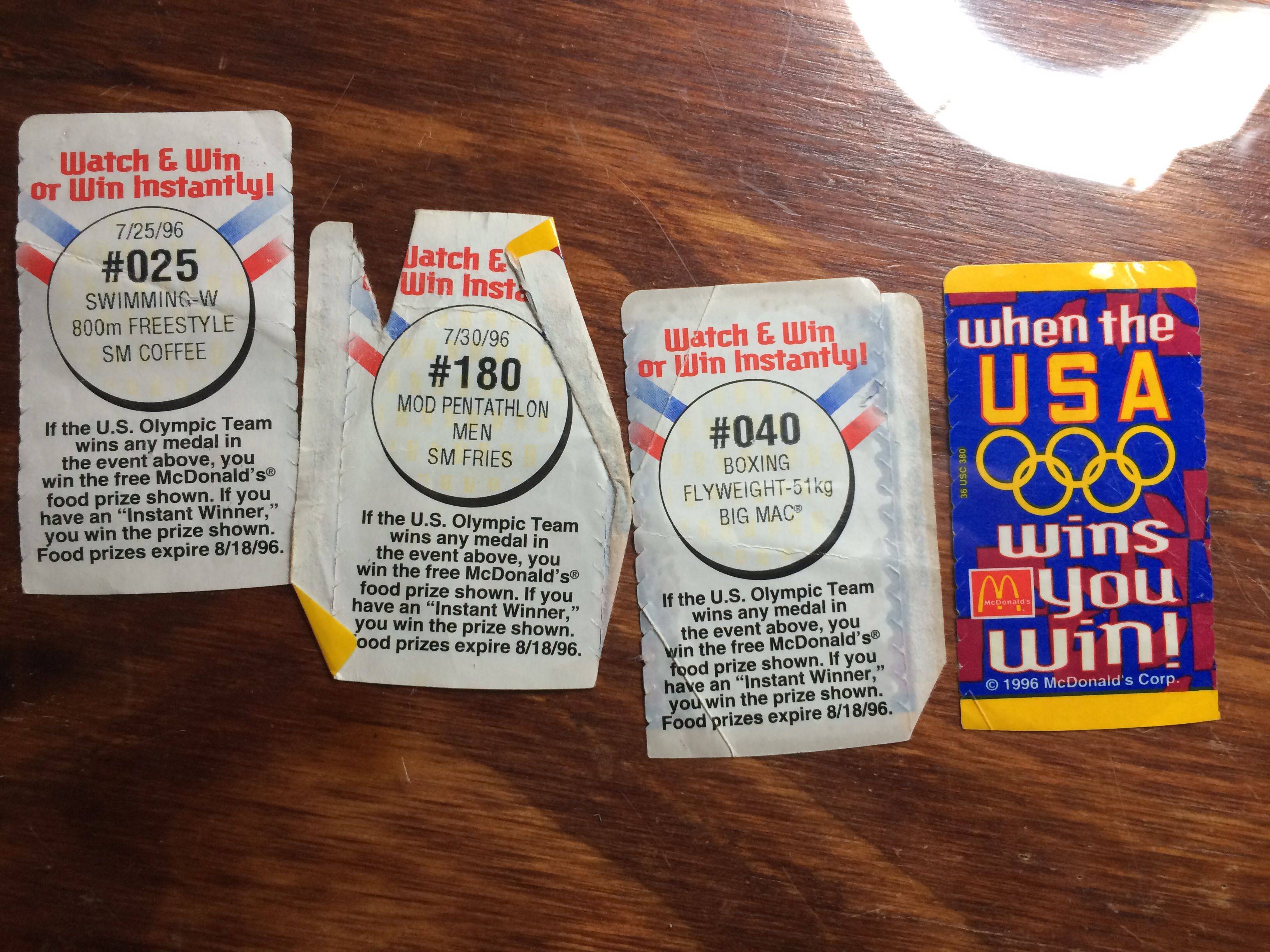
Courtesy of Reddit
Before the 1984 Olympics kicked off in Los Angeles, McDonald's was struck with an idea: they'd give away free items for every medal that Team USA won. What could possibly go wrong? Apparently, everything. And it did. (The promotion was even mocked on an episode of The Simpsons!)
The original concept was simple: customers were given a scratch-off card with a specific Olympic event on it. If Team USA won gold for that particular event, then they'd get a Big Mac. If they won silver, the customer would receive free French fries. And if a bronze medal was won, they'd get a free soft drink. It was actually pretty smart.
Check out a commercial from the marketing campaign below:
The only problem—and it was a big problem—was that the USSR was not participating in the Games that year. In 1980, the U.S. boycotted the Games in Moscow because of Soviet warfare in Afghanistan, and so the Soviets ended up turning down the invitation to participate in Los Angeles, which meant that Team USA didn't really have competitors by the time the 1984 Olympics came around. To give you some insight, in the 1976 Olympic Games the Americans secured 94 medals (34 of them being gold), while the Soviets managed to snag 174 medals (83 of them being gold).
So ... a lot (and we mean A LOT) of free McDonald's was given away in 1984.
On an online fan forum, however, a user claimed that the promotion helped his family as they'd fallen under hard times. In the post, he wrote,
"What exacerbated the problem for McDonald's was, once the Olympics started (and people started redeeming their prizes), each order got you ANOTHER game piece, so you could literally walk up with a free Coke coupon, cash it in, get a new game card of an event that just finished yesterday where the U.S. won a gold and silver, and you could turn that new card in for new food immediately, plus you got 2 new cards to play with."
And it really makes you wonder if they'll bring back the "U.S. Wins, You Win" promotion in 2024 when the Games return to Los Angeles.
There you have it, folks! Our eight picks for the worst marketing fails. What do you think? Are these the worst-of-the-worst? Or are there other failed marketing campaigns or publicity stunts we missed? Share them with us in the comments below, and let's get the conversation started.
